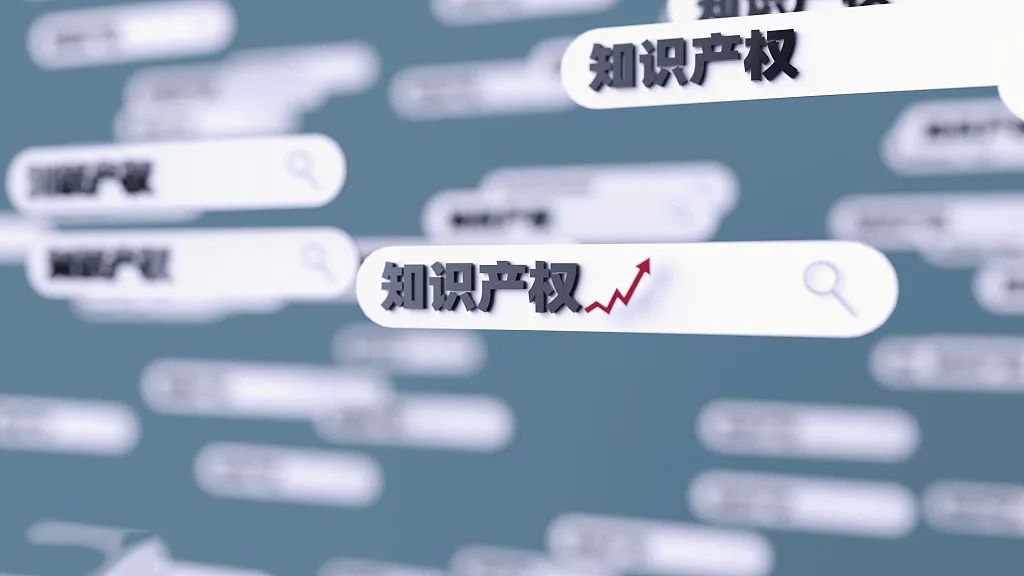Disadvantages of lithium iron phosphate battery
Whether a material has the potential for application and development, in addition to its advantages, the key is whether the material has fundamental defects.
At present, lithium iron phosphate is widely selected as the cathode material of power lithium-ion batteries in China. Market analysts from governments, scientific research institutions, enterprises and even securities companies are optimistic about this material and regard it as the development direction of power lithium-ion batteries. According to the analysis of the reasons, there are mainly the following two points: First, due to the influence of the research and development direction in the United States, Valence and A123 companies in the United States first used lithium iron phosphate as the cathode material of lithium ion batteries. Secondly, lithium manganate materials with good high temperature cycling and storage performance that can be used for power lithium-ion batteries have not been prepared in China. However, lithium iron phosphate also has fundamental defects that cannot be ignored, which can be summarized as follows:
1. In the sintering process of lithium iron phosphate preparation, it is possible that iron oxide can be reduced to simple iron under high temperature reducing atmosphere. Iron, the most taboo substance in batteries, can cause micro short circuit of batteries. This is the main reason why Japan has not used this material as the cathode material of power type lithium ion batteries.
2. Lithium iron phosphate has some performance defects, such as low tamping density and compaction density, resulting in low energy density of lithium ion battery. Low temperature performance is poor, even if its nano – and carbon coating does not solve this problem. When Dr. Don Hillebrand, director of the Energy Storage System Center of Argonne National Laboratory, talked about the low temperature performance of lithium iron phosphate battery, he described it as terrible. Their test results on lithium iron phosphate battery showed that lithium iron phosphate battery could not drive electric vehicles at low temperature (below 0 ℃). Although some manufacturers claim that the capacity retention rate of lithium iron phosphate battery is good at low temperature, it is under the condition of low discharge current and low discharge cut-off voltage. In this case, the equipment can not be started at all.
3. The preparation cost of materials and the manufacturing cost of batteries are high, the yield of batteries is low, and the consistency is poor. Although the electrochemical properties of the materials have been improved by the nanocrystallization and carbon coating of lithium iron phosphate, other problems have also been brought about, such as the reduction of energy density, the improvement of synthesis cost, poor electrode processing performance and harsh environmental requirements. Although the chemical elements Li, Fe and P in lithium iron phosphate are very rich and the cost is low, the cost of the prepared lithium iron phosphate product is not low. Even after removing the early research and development costs, the process cost of this material plus the higher cost of preparing batteries will make the final cost of unit energy storage higher.
4. Poor product consistency. At present, no lithium iron phosphate material factory in China can solve this problem. From the perspective of material preparation, the synthesis reaction of lithium iron phosphate is a complex heterogeneous reaction, including solid phosphate, iron oxide and lithium salt, carbon added precursor and reducing gas phase. In this complex reaction process, it is difficult to ensure the consistency of the reaction.
5. Intellectual property issues. At present, the basic patent of lithium iron phosphate is owned by the University of Texas in the United States, while the carbon coated patent is applied for by Canadians. These two basic patents cannot be bypassed. If patent royalties are included in the cost, the product cost will be further increased.
In addition, from the experience of R&D and production of lithium-ion batteries, Japan is the first country to commercialize lithium-ion batteries, and has always occupied the high-end lithium-ion battery market. Although the United States is leading in some basic research, so far there is no large lithium ion battery manufacturer. Therefore, it is more reasonable for Japan to choose modified lithium manganate as the cathode material of power type lithium ion battery. Even in the United States, half of the manufacturers use lithium iron phosphate and lithium manganate as cathode materials of power type lithium ion batteries, and the federal government also supports the research and development of these two systems. In view of the above problems, lithium iron phosphate is difficult to be widely used as the cathode material of power lithium-ion batteries in new energy vehicles and other fields. If we can solve the problem of poor high-temperature cycling and storage performance of lithium manganate, it will have great potential in the application of power lithium-ion batteries with its advantages of low cost and high rate performance.
Post time: Oct-19-2022



